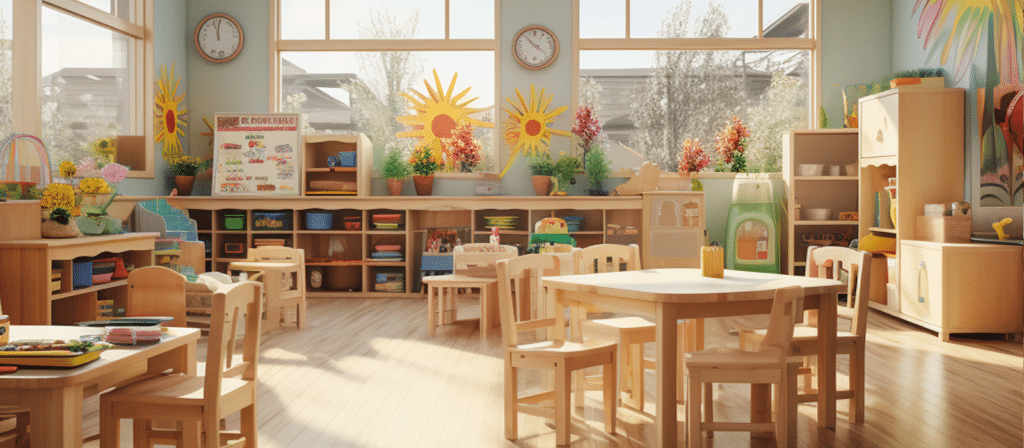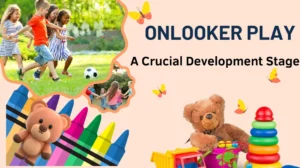Have you ever wondered how the right daycare furniture can enhance storytelling activities for children? In this blog, we’ll explore the significance of daycare furniture in creating immersive and engaging storytelling experiences. From cozy reading nooks to versatile seating arrangements, we’ll uncover how furniture plays a crucial role in sparking children’s imaginations and fostering a love for storytelling.
The Role of Daycare Furniture in Storytelling Activities: Well-designed daycare furniture provides comfort, sparks creativity, and sets the stage for interactive storytelling experiences that captivate young minds.
Why is storytelling important in daycare?
Storytelling is not just about reading a book to a group of children. It is about creating an immersive experience where children can use their imagination, learn about different cultures, and develop language skills. Storytelling helps children to understand emotions, build empathy, and improve their listening skills. It also sparks their curiosity, promotes problem-solving, and encourages social interaction.
Daycare centers have a unique opportunity to foster a love for storytelling by providing an environment that supports and enhances these activities. This is where the role of daycare furniture becomes crucial.
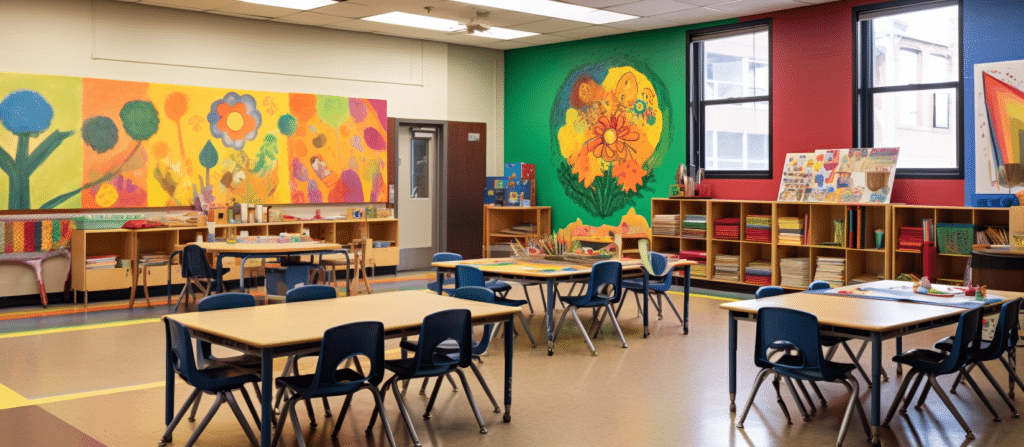
How does daycare furniture contribute to storytelling activities?
- Comfortable Seating: Providing comfortable seating options such as bean bags, cushions, or child-sized chairs creates a cozy and inviting atmosphere for storytelling sessions. When children are comfortable, they are more likely to engage and participate in the story. It also helps them to relax and focus on the narrative.
- Interactive Furniture: Incorporating interactive furniture elements can make storytelling sessions more immersive and engaging. For example, a puppet theater or a storytelling stage allows children to act out the story, bringing the characters to life. This not only enhances their understanding of the story but also promotes creativity and self-expression.
- Storage Solutions: Having dedicated storage for books and props ensures that the storytelling area remains organized and easy to navigate. Children can independently choose books or props they want to explore, fostering a sense of independence and responsibility. It also provides an opportunity for children to practice their organizational skills.
- Flexible Spaces: Daycare furniture that can be easily rearranged or reconfigured allows for the creation of different storytelling spaces. Whether it’s a cozy reading corner or a large storytelling circle, having the flexibility to adapt the space to different stories and activities adds variety and keeps children engaged.
- Themed Environments: Creating themed environments using age-appropriate daycare furniture can transport children into different worlds and settings. Whether it’s a pirate ship, a castle, or a jungle, these themed spaces help to set the stage for the story and enhance the overall experience.
- Multi-Sensory Elements: Incorporating multi-sensory elements into daycare furniture can make storytelling activities more interactive and memorable. For example, furniture with textured surfaces or hidden compartments can add a tactile element to the storytelling experience. Including soft lighting or sound effects can create a more immersive and sensory-rich environment.
By investing in high-quality daycare furniture that supports storytelling activities, daycare centers can create an environment that fosters a love for learning, sparks creativity, and enhances language development. It provides children with a space where they can explore their imagination, engage with stories, and develop important cognitive and social skills.
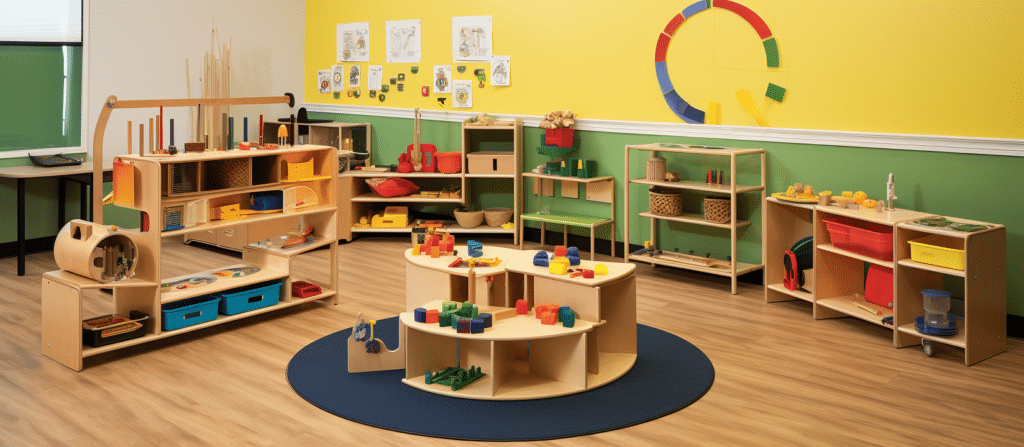
How does storytelling furniture impact child development?
Storytelling furniture goes beyond creating an enjoyable experience for children. It plays a significant role in their overall development. Here are a few ways storytelling furniture impacts child development:
- Language and Literacy Skills: Engaging in storytelling activities helps children develop language and literacy skills. By listening to stories, children are exposed to new vocabulary, sentence structures, and storytelling techniques. It also encourages them to ask questions, express their thoughts, and engage in conversations.
- Cognitive Development: Storytelling stimulates children’s cognitive development by promoting critical thinking, problem-solving, and memory retention. It encourages children to make connections between the story and their own experiences, helping them develop their understanding of the world around them.
- Emotional Intelligence: Through storytelling, children learn about emotions, empathy, and understanding. They can relate to the characters in the story, understand their feelings, and learn how to express their own emotions in a healthy way. This helps in developing emotional intelligence and social skills.
- Creativity and Imagination: Storytelling furniture provides children with a platform to unleash their creativity and imagination. It allows them to visualize the story, create their own narratives, and engage in pretend play. This fosters creativity, problem-solving, and the ability to think outside the box.
- Social Skills: Storytelling activities often involve group participation, which helps children develop social skills. They learn how to take turns, listen to others, and engage in discussions. It promotes teamwork, collaboration, and the ability to respect different perspectives.
How can we further enhance the storytelling experience?
Apart from the traditional furniture elements, there are a few additional considerations that can elevate the storytelling experience at daycare centers. For instance, incorporating storage units near the storytelling area can help keep storybooks and props organized and easily accessible. This way, educators can quickly grab the required materials and create a seamless storytelling experience.
Furthermore, the use of interactive furniture can bring stories to life. Imagine a chair that vibrates gently to mimic the sensation of flying or a table with hidden compartments that reveal surprises related to the story. These interactive elements not only captivate the children’s attention but also spark their imagination and creativity.
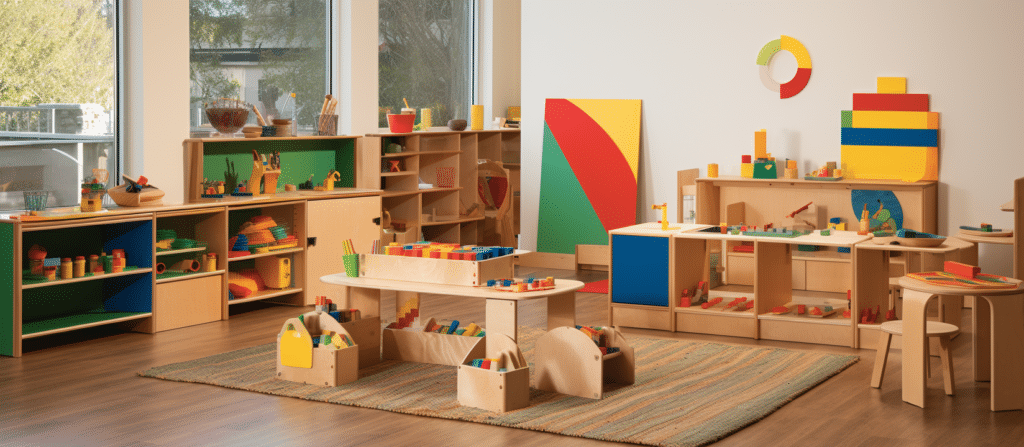
In conclusion
Daycare furniture plays a vital role in enhancing storytelling activities at daycare centers. The right furniture creates a comfortable and inviting environment, promotes active participation, and sparks children’s imagination. By incorporating child-friendly chairs, tables, storage units, and interactive elements, we can create a space where stories come to life. So, let’s embrace the power of daycare furniture and make storytelling an unforgettable experience for our little learners!

